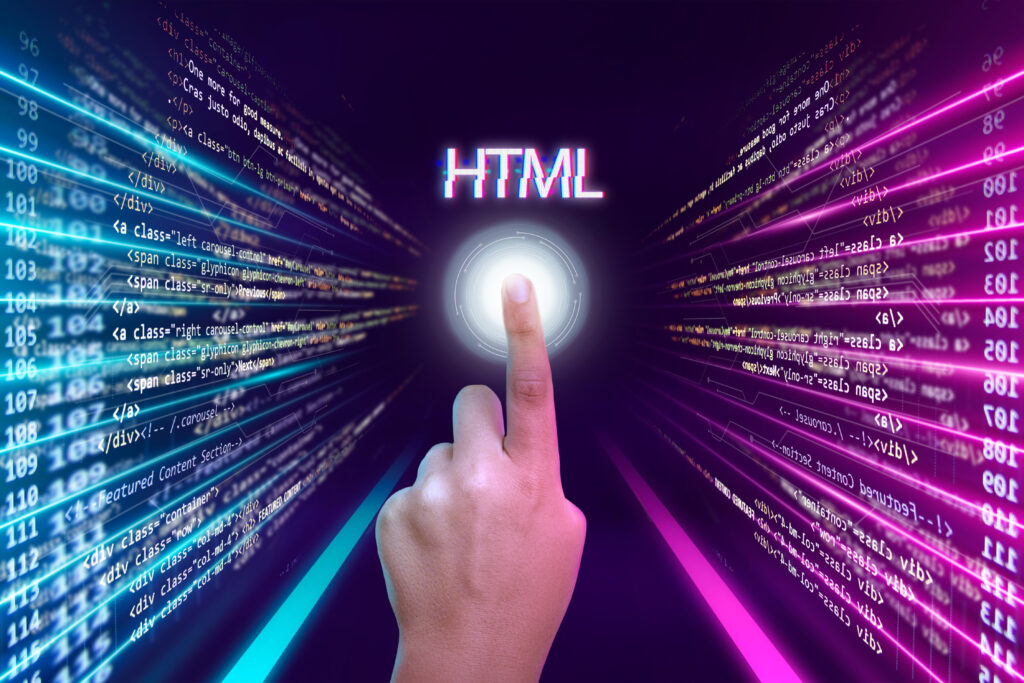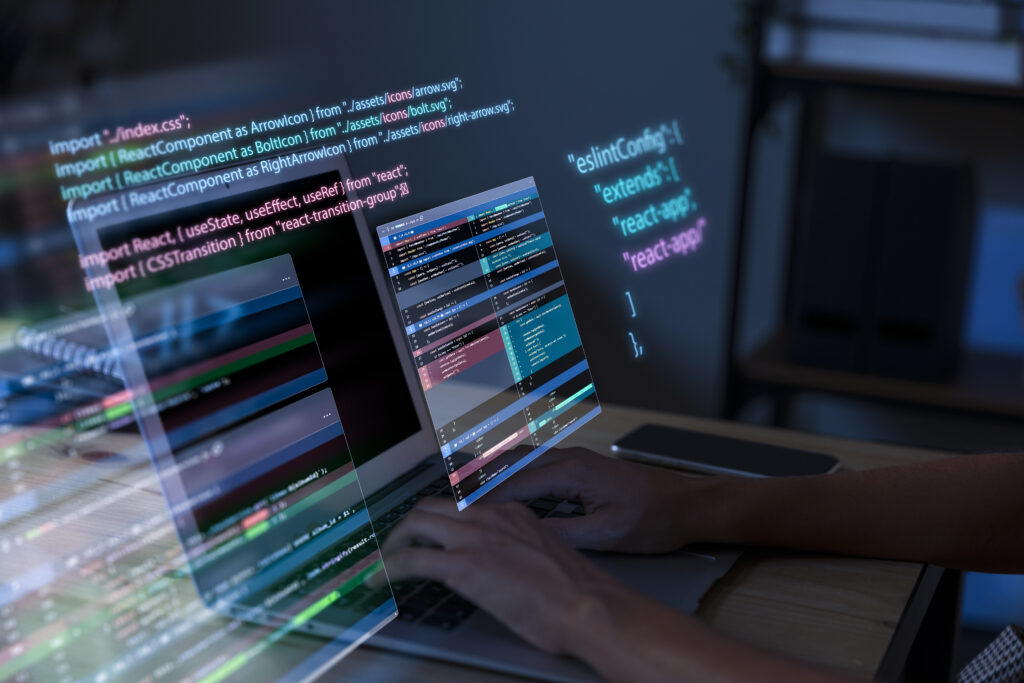Table of Contents
The Ultimate Guide to Scratch Coding: Unleashing Creativity and Learning Through Code Web Developer Salary in India like 5 LPA to 10LPA

Introduction
In today’s digital era, coding has become an essential skill, empowering individuals to bring their ideas to life. Scratch coding, a beginner-friendly visual programming language, has gained immense popularity for its ability to make coding accessible and enjoyable for people of all ages. In this comprehensive guide, we will explore the world of scratch coding, its benefits, and how it can unleash creativity while facilitating learning. So, let’s dive in and discover the wonders of scratch coding!
What is Scratch Coding?
Scratch is a block-based programming language developed by the MIT Media Lab. It provides a graphical interface where users can create interactive stories, animations, games, and much more by snapping together colorful code blocks. Instead of typing lines of text, users drag and drop code blocks, making it easier to grasp programming concepts and enabling a visual representation of the code’s functionality.
The Benefits of Scratch Coding
1. Enhances Problem-Solving Skills
Scratch coding nurtures critical thinking and problem-solving abilities. By breaking down complex tasks into smaller, manageable steps, learners develop logical reasoning and computational thinking skills. They learn how to approach challenges, identify patterns, and create systematic solutions.
2. Fosters Creativity and Imagination
One of the remarkable aspects of scratch coding is its ability to spark creativity and unleash imagination. Users can create interactive stories, design unique characters, compose music, and build animated worlds. With an extensive library of sprites, backdrops, and sound effects, learners can bring their wildest ideas to life, encouraging artistic expression and innovation.
3. Encourages Collaboration and Sharing
The Scratch community provides a platform for collaboration and sharing among users worldwide. Learners can share their projects, explore and remix others’ creations, and receive feedback from the community. This collaborative environment fosters a sense of camaraderie, encourages peer learning, and motivates learners to improve their coding skills.
4. Develops Computational Skills
Scratch coding introduces fundamental coding concepts such as loops, conditionals, variables, and event-driven programming. By manipulating these concepts in a visual environment, learners develop a strong foundation in computational thinking. These skills are transferable to other programming languages, making it easier to transition to more advanced coding languages in the future.
Getting Started with Scratch Coding
1. Exploring the Scratch Interface
The Scratch interface consists of various components: the stage, sprites, blocks palette, and coding area. The stage is where the visual output of the project is displayed, while sprites are the interactive characters or objects within the project. The blocks palette contains a wide range of code blocks that can be dragged and connected to create scripts. The coding area is where the scripts are assembled and modified.
2. Creating a Scratch Project
To start creating a scratch project, begin by selecting a sprite or uploading custom images. Users can then add code blocks to create interactivity. For example, to make a sprite move when a specific key is pressed, drag and connect the corresponding blocks from the “Motion” category. By experimenting and combining different blocks, users can bring their ideas to life.
3. Exploring Scratch Resources
The Scratch platform offers a wealth of resources to support learners at all levels. The Scratch website provides tutorials, project ideas, and a gallery of user-generated projects. Users can explore the Scratch Wiki, a community-driven knowledge base, or participate in Scratch challenges and competitions to enhance their skills further.
Tips for Effective Scratch Coding
1. Start with Simple Projects
When beginning scratch coding, it’s recommended to start with small, achievable projects. By starting simple, learners build confidence and gradually tackle more complex ideas. Starting with a basic animation or an interactive game with few features allows learners to grasp the core concepts before diving into more advanced projects.
2. Experiment and Remix
Scratch coding encourages experimentation and remixing existing projects. Learners can explore other users’ projects, analyze their code, and modify them to create unique variations. Remixing provides an opportunity to learn from others, discover new techniques, and adapt them to suit personal creative visions.
3. Seek Feedback and Collaborate
Sharing projects with the Scratch community opens doors for valuable feedback and collaboration. Learners can ask for suggestions, receive constructive criticism, and collaborate with other users on joint projects. Engaging with the community fosters growth, provides inspiration, and expands the learning experience.
Conclusion
Scratch coding empowers individuals to unleash their creativity, develop problem-solving skills, and explore the world of programming in a fun and interactive manner. Through its intuitive interface, Scratch makes coding accessible to beginners, allowing them to bring their ideas to life without the complexities of traditional text-based coding languages. Whether you’re a young aspiring coder, an educator, or someone simply looking to explore the world of coding, Scratch provides a platform for endless possibilities.

